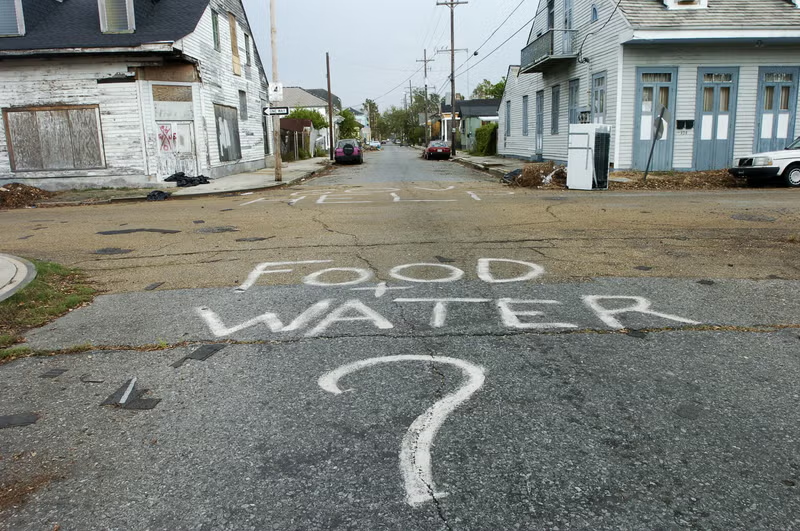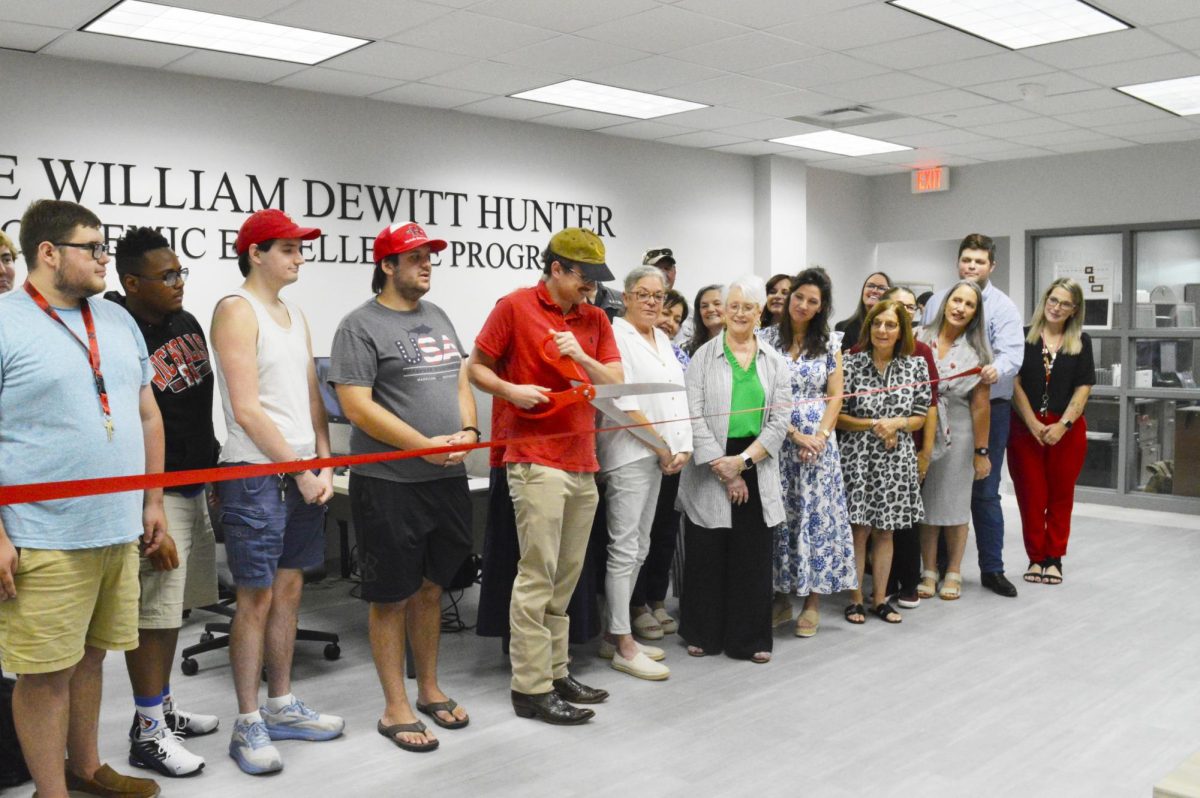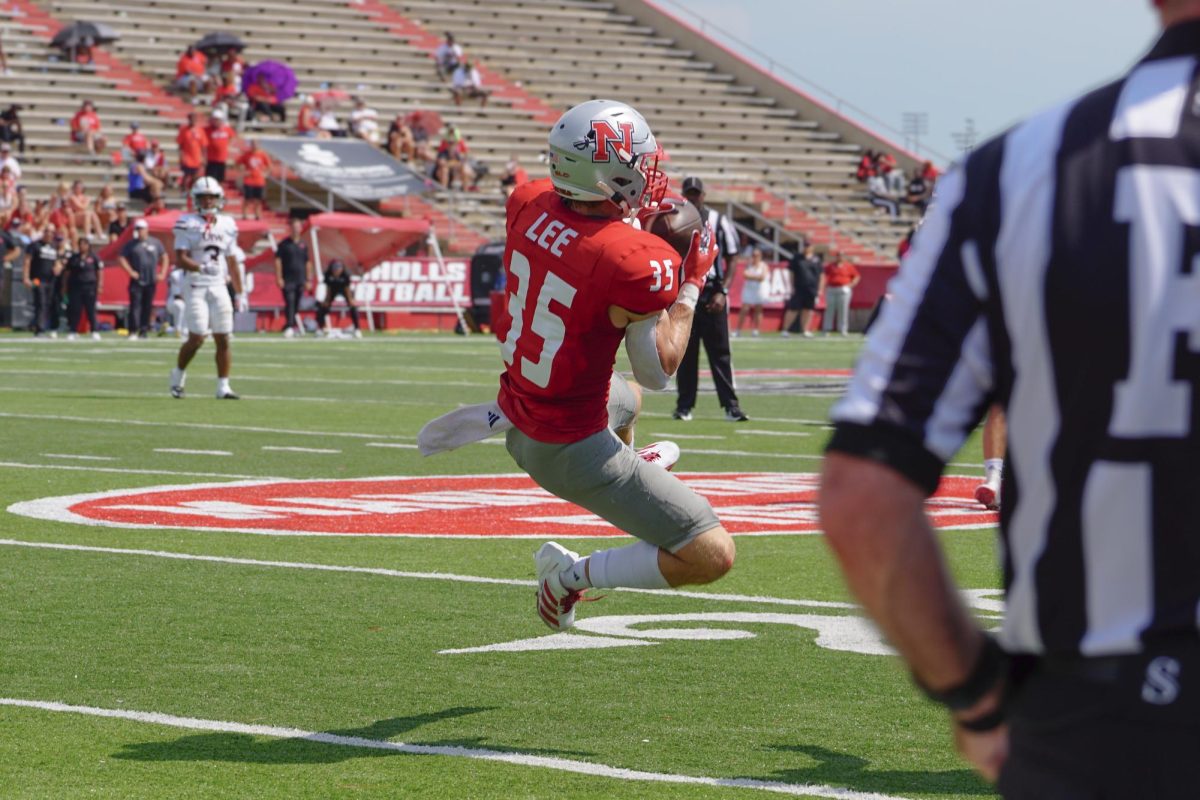A faculty member and two students traveled to the Pacific Northwest National Laboratory in Washington state to help find a clean way to dispose of 55 million gallons of radioactive waste left from the Manhattan Project over 65 years ago. Henry Foust, assistant professor of applied science; Marc Stevens, psychology senior from Patterson, and Adriana Contreras, nursing senior from Corpus Christi, Texas attended the 10-week research program in June to assist in improving the ultra-filtration process for a waste treatment plant that would neutralize the waste.
The Faculty and Student Team, which promotes careers of science, technology, engineering and mathematics for minorities, provided funding for Stevens and Contreras. The Department of Energy, the National Science Foundation and the Louisiana Board of Regents also provided funds for the students.
Foust and the students conducted research and developed a model for friction factors using other minerals that can be applied to the Darcy-Weisbach equation, a widely used equation in hydraulics in relation to friction factors.
“Just think if in Baton Rouge there were 55 million gallons of radioactivity leaking towards the Mississippi River, where we get most of our drinking water,” Foust said. “We’d be up in arms politically and it would be a major health risk to us. Environmentally, this is a huge project.”
Stevens said the waste could damage the environment, while causing animal mutation and pollution.
In November, Foust and Stevens will travel to Salt Lake City to present their work at the Annual American Institute of Chemical Engineers Conference.
The Manhattan Project was run by the United States government and began in 1942 to develop the first nuclear weapon because the government feared Germany had already begun constructing its own. Two bombs created at the Manhattan Project were dropped on Japan in 1945, killing approximately 115,000 people instantly.
Over the past few years, radioactive waste has leaked from its storage containers towards the Columbia River, which forms most of the border between Washington and Oregon. Foust said the leakage has since been stopped, but the waste still poses a threat because of future leaks.
Contreras said the experience changed the way she views the environment around her.
“I was interested in the high statistics of breast and lung cancer in Hanford with all this radioactive waste,” Contreras said. “As a nursing student, you tend to ask questions like that.”
Stevens said a waste treatment plant will be built at the Pacific Northwest National Laboratory. The waste would go through a filter to be separated into either a liquid or a solid and made into a glass-like structure so it cannot leak, Stevens said.
The glass with the most dangerous chemicals will be brought to the Yucca Mountains in Nevada, a remote desert on federally protected land, to decay and neutralize over thousands of years. Stevens said the team’s friction factors model would speed up this filtration process.
“It costs millions of dollars to run this plant,” Stevens said. “It is our job to increase the productivity of the filtration process by finding ways for this to run more effectively and to speed it up.”
Stevens said the hardest problem he faced in the research process was when the team realized they had been converting units of its data incorrectly. He said the team had to alter five weeks of work in three days. Contreras, being thrown into a world of fluid mechanics and calculus and unfamiliar machines, said it was challenging but exciting.
“Sometimes experiments don’t go right, and you don’t get the results you expected,” Stevens said. “You have to keep doing it over and over and see what is wrong.







